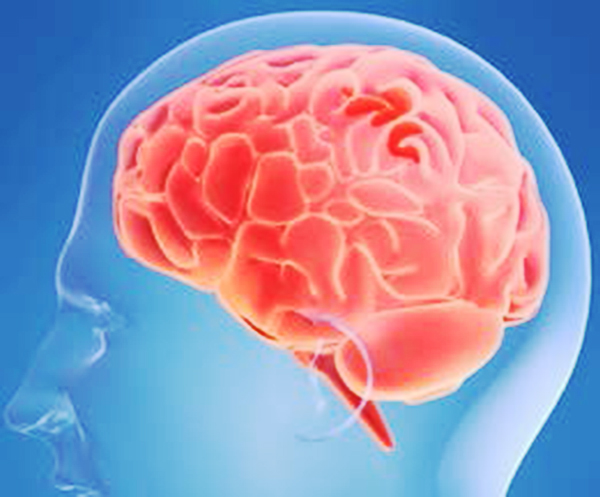Biosensors shed light on complicated neuron binding in the brain
Understanding our brain's lock-and-key inhibitory actions may soon become considerably easier, thanks to the development of new molecular trackers by Kyoto University scientists.
In a study published in Nature Chemical Biology, the research team designed biosensors that can tag with GABA A receptors -- a clinically relevant drug target -- to trace their structural features and interactions with other molecules.
GABA A receptors, short for gamma-aminobutyric acid receptors, act as some sort of gateway channels in the brain that conduct ions when unlocked by the natural key GABA. The overall effect of this unlocking activity gives us a relaxed feeling as neurons are prevented from firing and becoming excited.
Investigating the binding activity of GABA receptors has been a major challenge because of the multiple binding sites and the non-specifc manner with which they get unlocked. Researchers say the discovery of the molecular trackers could one day lead to the development of pharmaceuticals that can selectively treat various neurological disorders such as panic attacks, seizures, and Parkinsons, with very little side effects.
The biosensors have proved to be useful for screening a wide chemical library that targets specific GABA A receptor sites. Testing with a large number of pharmaceutical compounds, the biosensors helped identify four hit molecules that are capable of interacting with GABA A receptors.
"These semisynthetic biosensors represent versatile platforms for screening drugs to treat GABA A receptor-related neurological disorders," write the authors. ( by Louie Intalan )

Biosensors shed light on complicated neuron binding in the brain
Paper Information
【DOI】 http://dx.doi.org/10.1038/nchembio.2150
Kei Yamaura, Shigeki Kiyonaka, Tomohiro Numata, Ryuji Inoue, Itaru Hamachi. (2016). Discovery of allosteric modulators for GABAA receptors by ligand-directed chemistry. Nature Chemical Biology.





